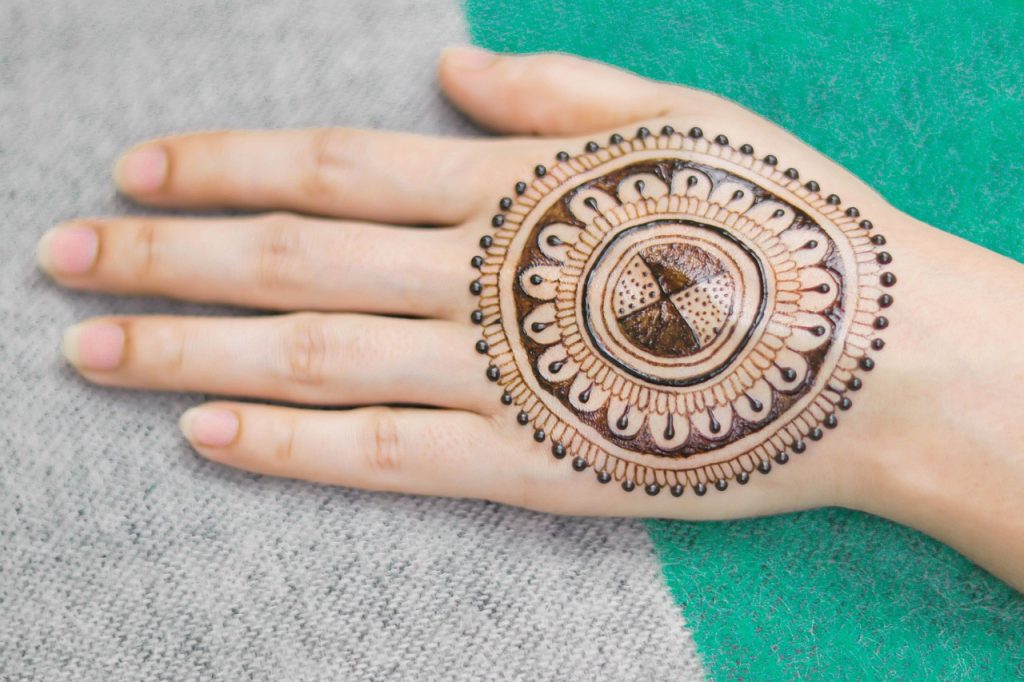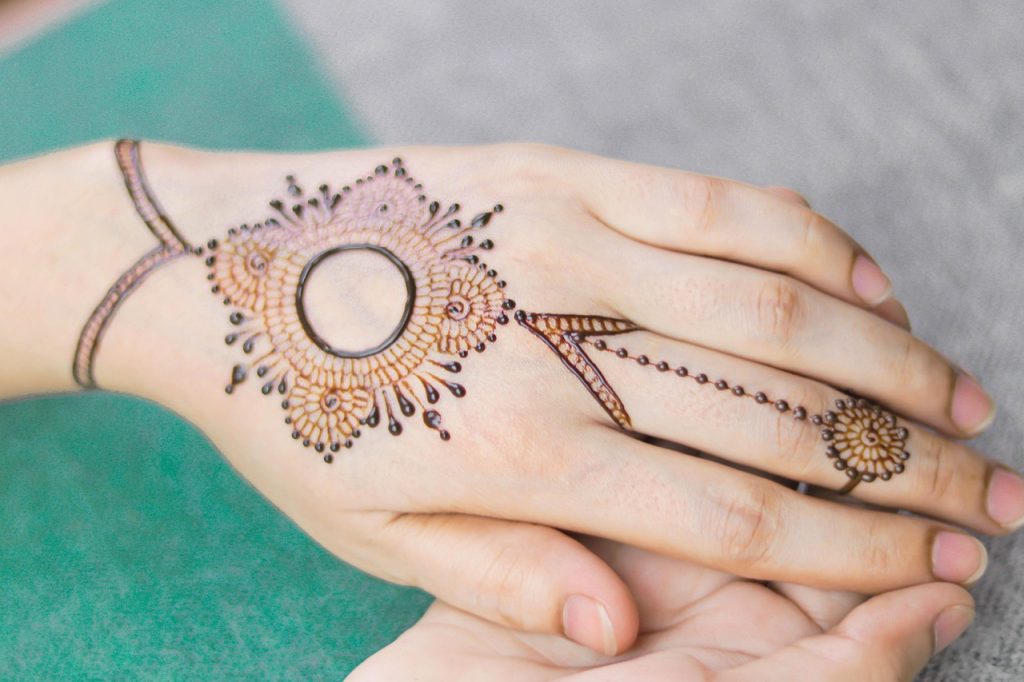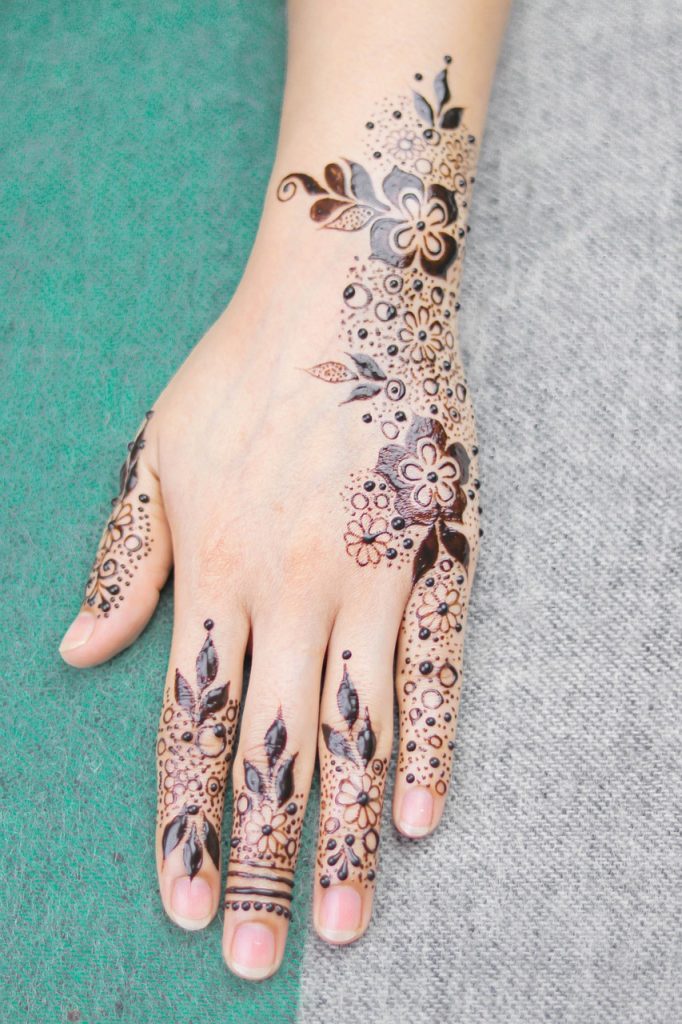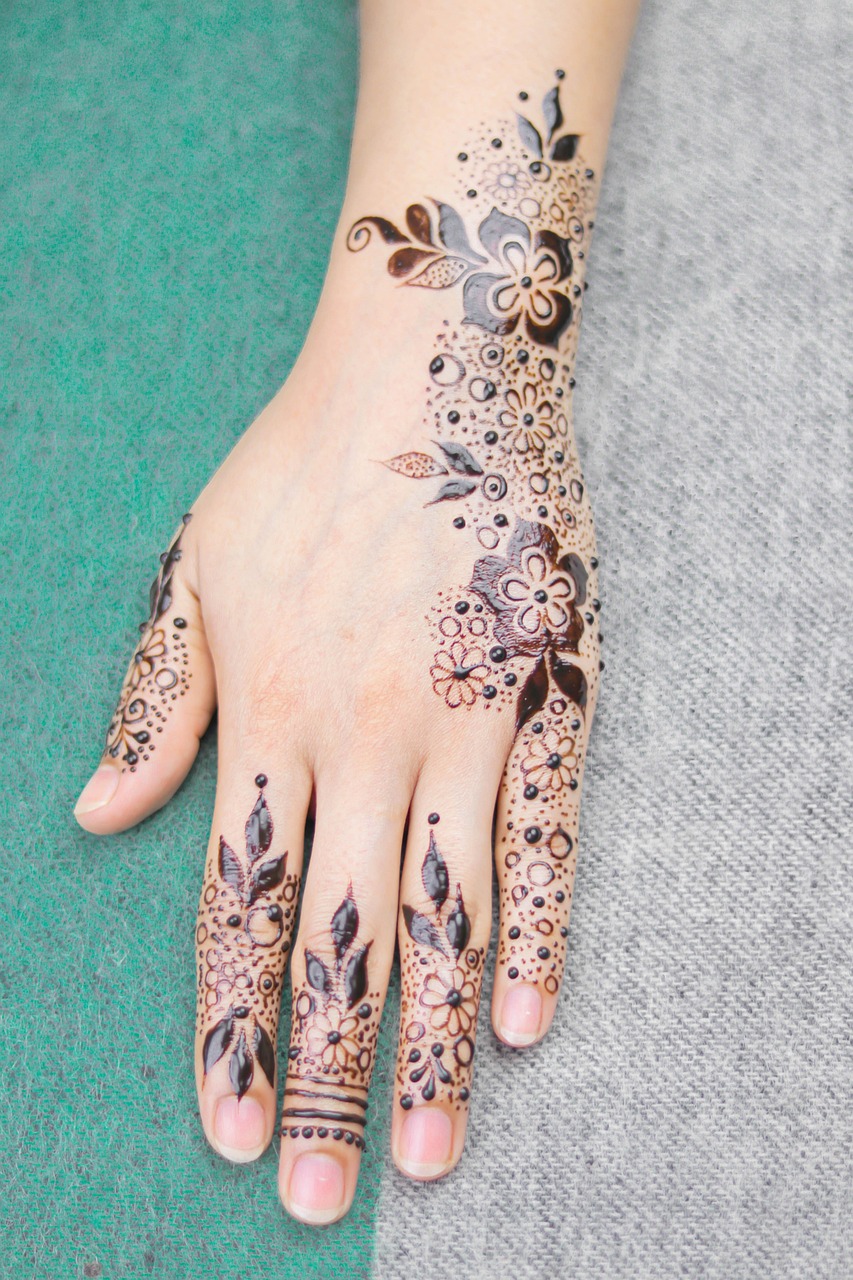The Significance of Mehndi in Indian Weddings

Mehndi, also known as henna, is a cherished tradition in Indian weddings. It symbolizes joy, beauty, and auspiciousness. Applying mehndi on the bridal back hand is not just an aesthetic choice; it’s rooted in cultural significance. Family and friends gather to celebrate the mehndi ceremony, creating lasting memories.
Bridal mehndi designs often reflect personal stories, cultural elements, and even intricate patterns that are meant to ward off bad luck. Whether it’s floral patterns, paisleys, or even portraits of the couple, the designs are deeply symbolic and distinctively personal.
What are the Most Popular Mehndi Designs for the Bridal Back Hand?
Some popular mehndi designs for the bridal back hand include:
- Floral motifs
- Geometric patterns
- Traditional Arabic designs
- Modern minimalist styles
Fact: The Cultural Rituals of Mehndi
According to a research article by NCBI, mehndi is not just an ornament but a part of rituals that signify good fortune and prosperity.
Choosing the Right Design for Your Bridal Mehndi

Selecting the perfect mehndi design for the bridal back hand can be overwhelming due to the myriad of options available. It’s essential to consider factors like the complexity of the design, your cultural background, and personal taste. Many brides opt for intricate designs that cover the full back of the hand, while others prefer a more subtle look.
Ultimately, the design should resonate with your personality. If you’re drawn to vibrant narratives, consider incorporating elements that represent your journey, such as symbols of love or family.
How Long Does Mehndi Last on the Skin?
Mehndi typically lasts between one to three weeks, depending on the type of henna used, skin type, and care. For maximum longevity, keep the mehndi dry and avoid water for several hours after application.
Case Study: Custom Designs by Experts
A recent case study highlights a bridal mehndi artist who created personalized designs that incorporated elements from the bride’s family history, significantly enhancing the emotional connection to the artwork.
Best Practices for Mehndi Application

To achieve the best results, consider these best practices for mehndi application:
- Choose high-quality henna.
- Ensure a clean application area.
- Maintain patience while the henna dries.
- Apply essential oils like eucalyptus to deepen the stain.
What Should I Do if My Mehndi Fades Too Quickly?
If your mehndi fades quickly, try to avoid washing the area often and use natural oils to help sustain the color. It’s also advisable to avoid direct contact with water for the first few hours after application.
Expert Tip: Insights from a Renowned Mehndi Artist
“To ensure a deep, rich color, always let your mehndi dry completely before rinsing. The darker the stain, the better the design looks against the skin,” advises renowned mehndi artist Samira Jain.
Conclusion

Mehndi design for the bridal back hand is a profound tradition that encapsulates beauty and symbolism. By choosing the right design, understanding the significance, and following best practices, you can create a stunning piece of art that reflects your unique journey. If you found this article helpful, please share it and subscribe for more insights on bridal beauty traditions!
